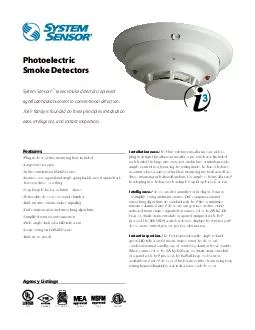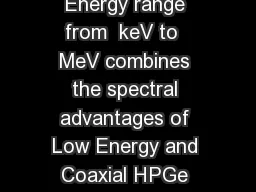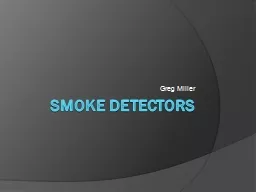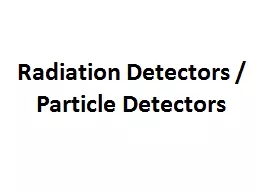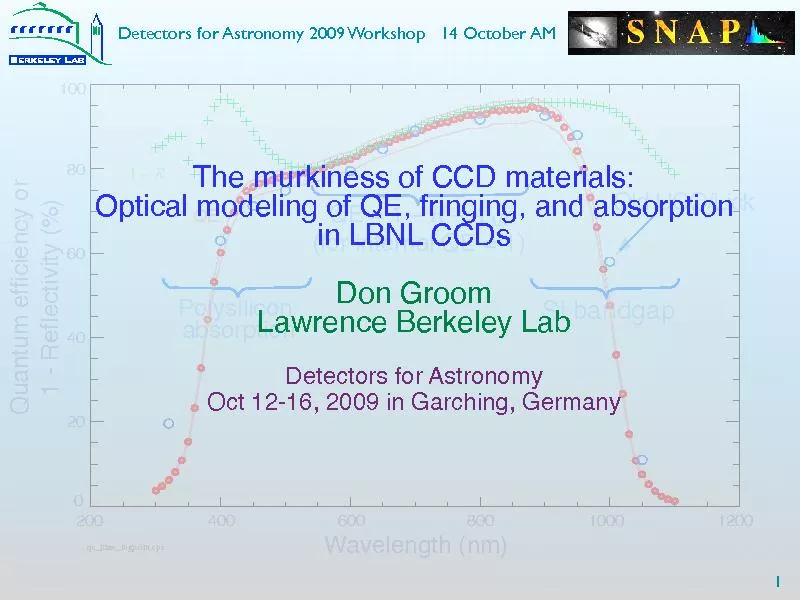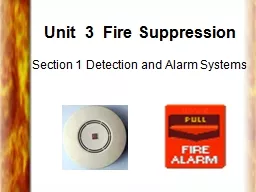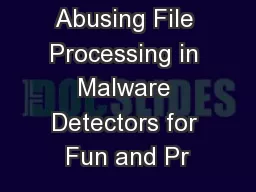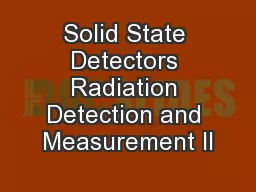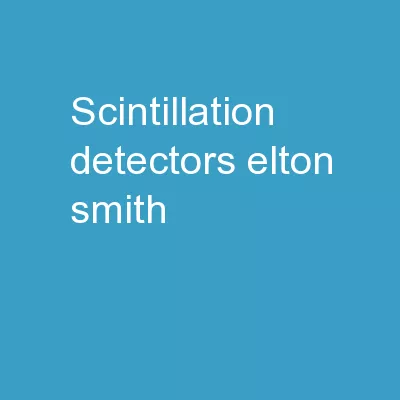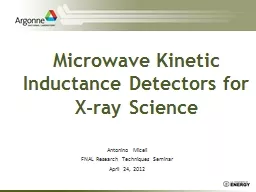PPT-DEPFET detectors for
Author : v2nant | Published Date : 2020-06-29
future colliders Activities at IFIC Valencia Terceras Jornadas sobre la Participación Española en los Futuros Aceleradores Lineales de Partículas Universitat
Presentation Embed Code
Download Presentation
Download Presentation The PPT/PDF document "DEPFET detectors for" is the property of its rightful owner. Permission is granted to download and print the materials on this website for personal, non-commercial use only, and to display it on your personal computer provided you do not modify the materials and that you retain all copyright notices contained in the materials. By downloading content from our website, you accept the terms of this agreement.
DEPFET detectors for: Transcript
Download Rules Of Document
"DEPFET detectors for"The content belongs to its owner. You may download and print it for personal use, without modification, and keep all copyright notices. By downloading, you agree to these terms.
Related Documents


